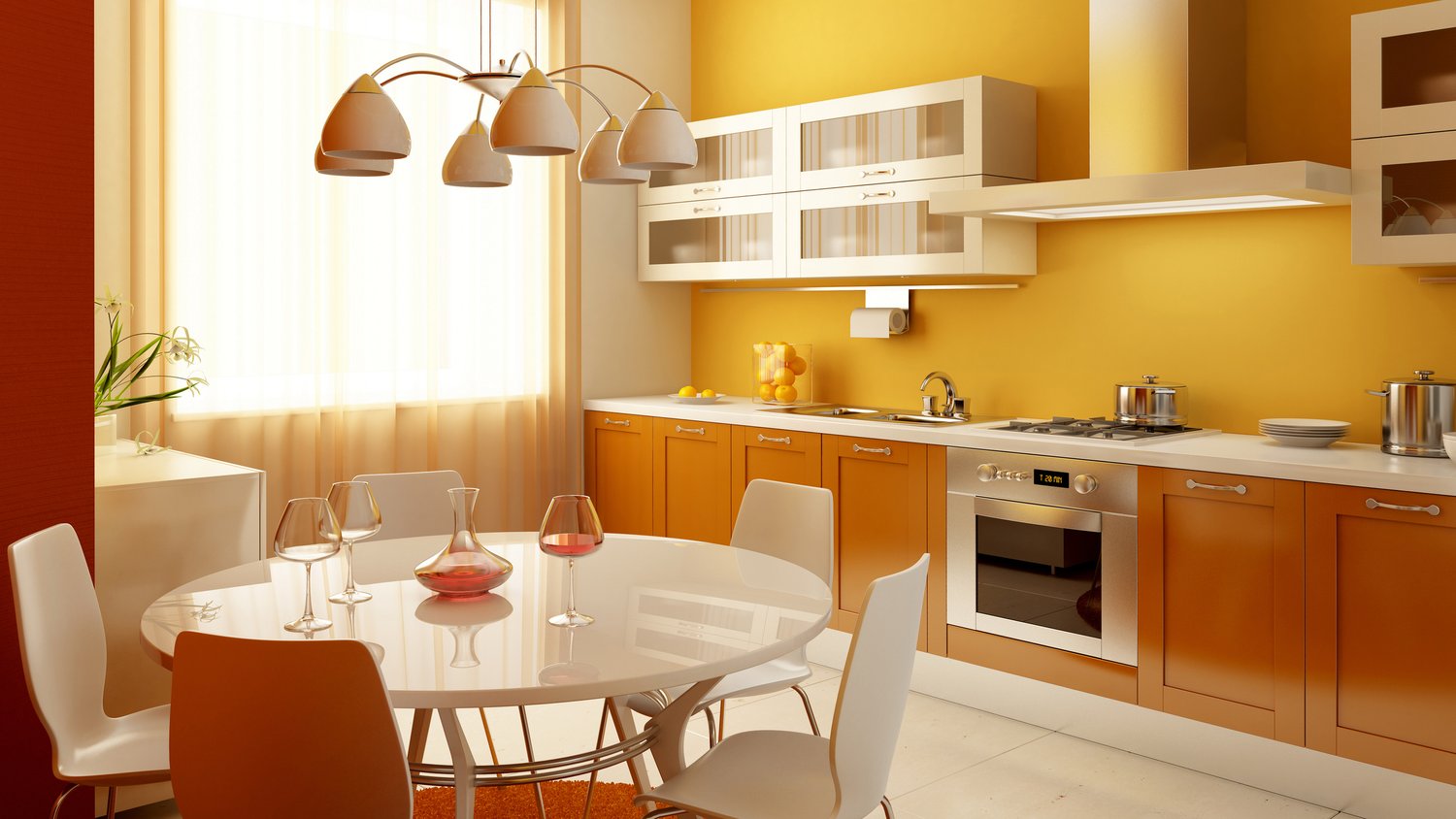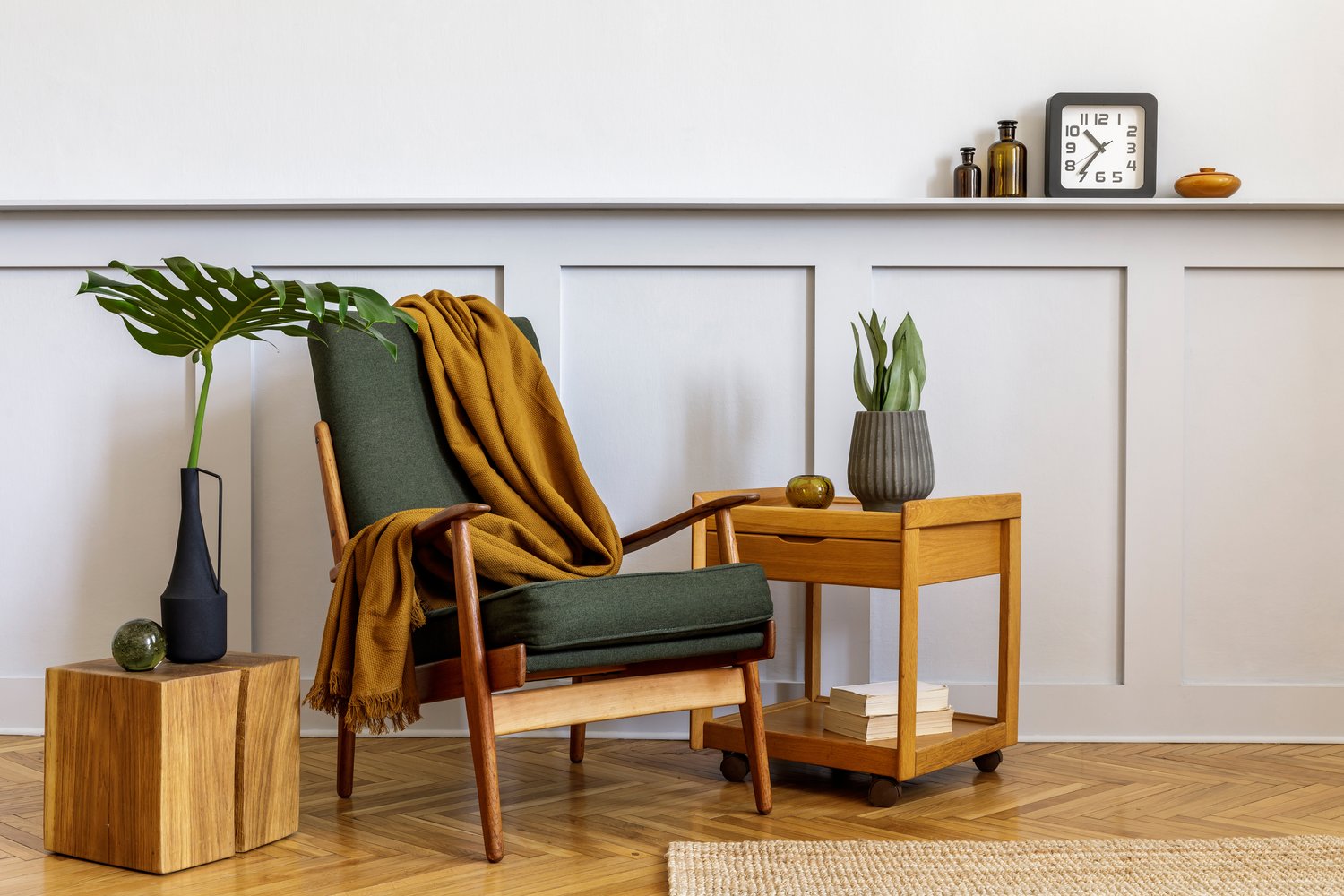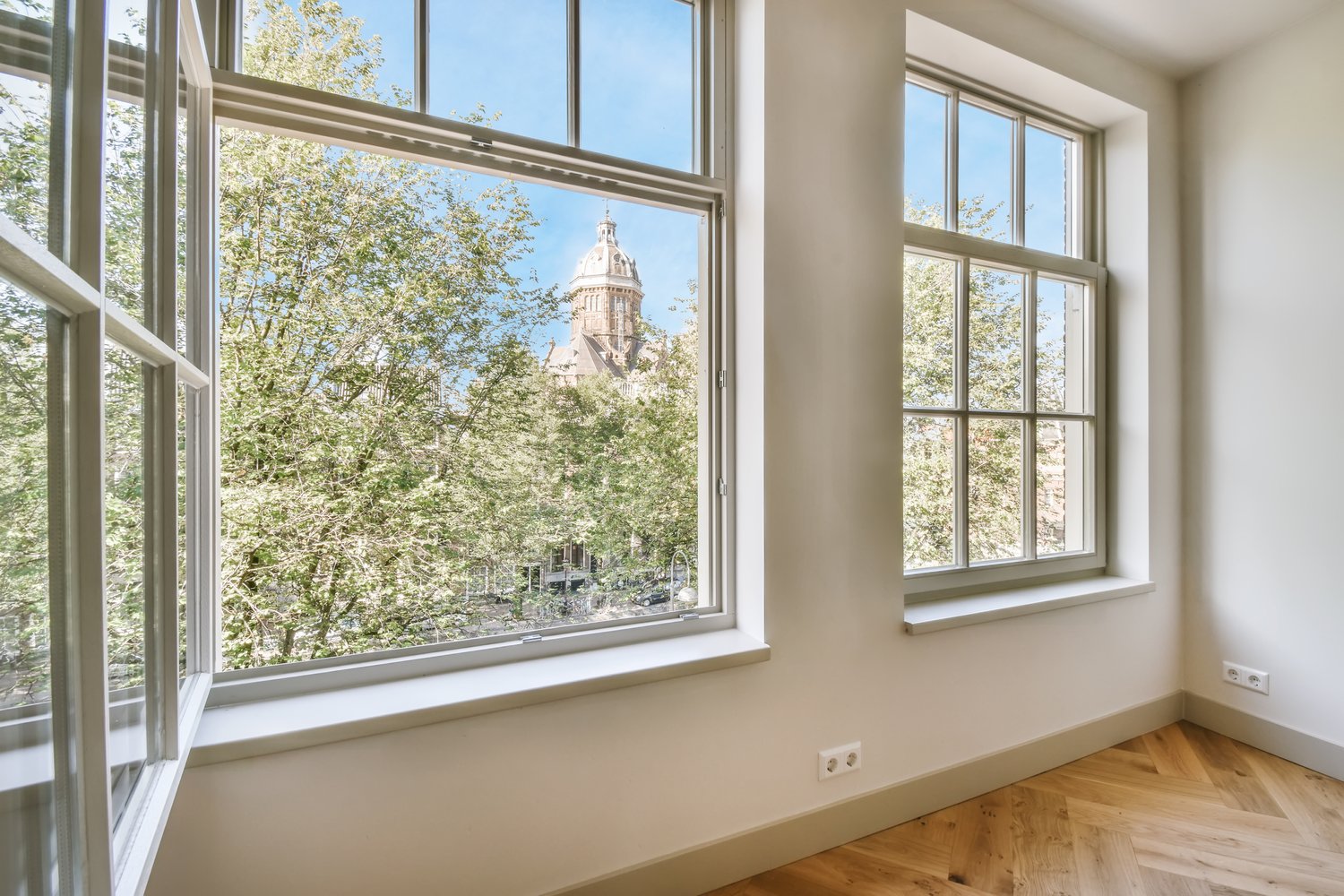In a world that has long celebrated minimalism, maximalist interior design is making a triumphant comeback, offering a refreshing alternative for those who believe that “more is more.” This vibrant approach celebrates abundance, personal expression, and the art of meaningful collection. Maximalism invites you to fill your space with patterns, textures, colors, and treasured items that tell your unique story. This article explores how to successfully embrace maximalism to create spaces that are bold, dramatic, and undeniably personal without crossing into cluttered chaos.
Understanding Maximalist Philosophy
Maximalism isn’t simply about crowding a space with objects; it’s a deliberate design choice that celebrates abundance and personal expression. The core philosophy of maximalist interior design revolves around creating spaces that reflect your individuality and passions. Unlike minimalism’s restrained aesthetic, maximalism encourages you to display what you love, layer different elements, and create visually rich environments. The style finds its roots in various historical periods, from Victorian opulence to 1980s excess, yet today’s maximalism has evolved into something more refined and intentional. When you embrace maximalism, you’re making a statement that your home is a canvas for self-expression rather than a showroom of current trends.
Color: The Maximalist’s Playground
Bold color choices form the foundation of successful maximalist spaces. While minimalist interiors often stick to neutral palettes, maximalism delights in color saturation and unexpected combinations. Deep jewel tones like emerald green, sapphire blue, and ruby red create rich backdrops for maximalist rooms. Don’t shy away from painting an entire room in a bold hue or selecting vibrant furniture pieces as anchors. Color blocking—using distinct areas of contrasting colors—can create visual interest and help organize a busy space. Consider creating a color story that weaves throughout your home, connecting different rooms while still allowing each space to maintain its distinct personality. Remember that even within the “anything goes” spirit of maximalism, a thoughtful approach to color creates cohesion amid complexity.
The Art of Pattern Mixing
Pattern mixing is perhaps the most distinctive characteristic of maximalist interior design. The key to successful pattern layering lies in creating a harmonious dialogue between different designs rather than a visual shouting match. Start by selecting patterns of different scales—perhaps a large floral print for curtains, medium-sized geometric shapes for upholstery, and smaller patterns for accessories. Connect diverse patterns by ensuring they share at least one color, creating a thread of continuity throughout the space. Don’t limit patterns to just textiles; consider patterned wallpapers, artwork, and even furniture with decorative inlays or painted designs. The juxtaposition of different patterns creates energy and movement within a room, drawing the eye from one fascinating detail to another.
Curating Collections with Purpose
At the heart of personality in design is the display of meaningful collections. Maximalism celebrates the objects that tell your story—whether vintage books, global souvenirs, or family heirlooms. The art lies in how these collections are arranged and presented. Create vignettes that group related items together, vary heights and textures for visual interest, and consider the negative space between objects even in a densely decorated scheme. Salon-style gallery walls that mix framed photographs, paintings, and other wall art create impressive focal points. According to design experts at AskHomey, the most successful maximalist homes showcase collections that have been thoughtfully curated over time rather than purchased all at once, lending authenticity to the space.
Furniture and Textiles: Layering Comfort and Style
Furniture selection in maximalist spaces tends toward the dramatic—think tufted velvet sofas, ornately carved wooden pieces, or boldly upholstered armchairs. Unlike minimalist interiors where each piece stands in isolation, maximalist furniture arrangements encourage conversation and comfort. Layer textiles generously, mixing luxurious materials like velvet and silk with more textured options such as brocade, wool, or embroidered fabrics. Pillows, throws, rugs, and curtains provide opportunities to introduce additional patterns and colors. Consider furniture with history and character over mass-produced pieces; vintage and antique finds often have the unique details that make maximalist spaces sing.
Creating Balance Within Abundance
The most sophisticated maximalist spaces maintain a sense of balance despite their abundance. This balance comes through careful editing and attention to visual weight distribution. Consider the overall composition of each room, ensuring that heavily patterned or colorful areas are offset by relatively quieter zones. Create pathways through the space so that furniture placement feels intentional rather than crowded. Unifying elements—whether consistent color themes, repeated shapes, or thoughtful groupings—help the eye make sense of the richness. Even in bold home decor schemes, negative space plays an important role, giving the eye places to rest amidst the visual stimulation.
From Inspiration to Implementation
Transitioning to maximalism can feel overwhelming if you’re starting from a more minimal aesthetic. Begin by identifying what elements of maximalism speak to you most—perhaps it’s rich color, pattern mixing, or displaying collections. Start in a single room or even a corner, gradually building confidence in your maximalist choices. Document inspirations from magazines, social media, or historic interiors, but always filter these through your personal preferences. The most successful maximalist spaces reflect their inhabitants’ authentic tastes rather than following prescribed formulas. Remember that maximalism should feel joyful and liberating, not stressful or contrived.
For more tips and to connect with reliable home service professionals, follow AskHomey on Facebook and Instagram.



